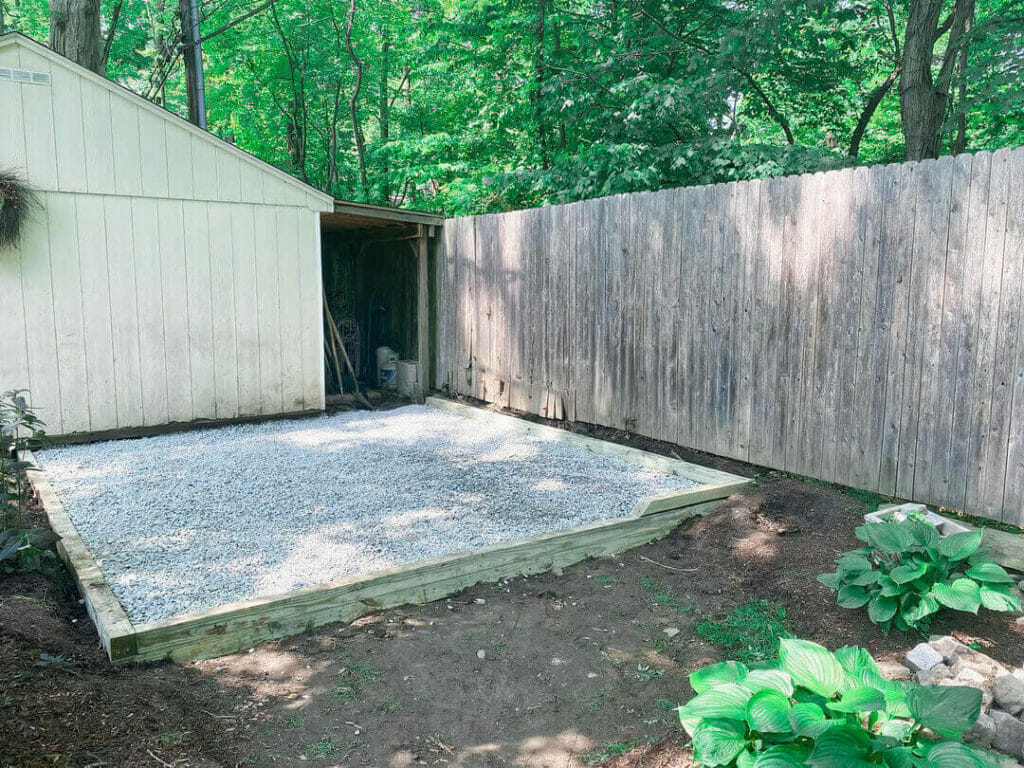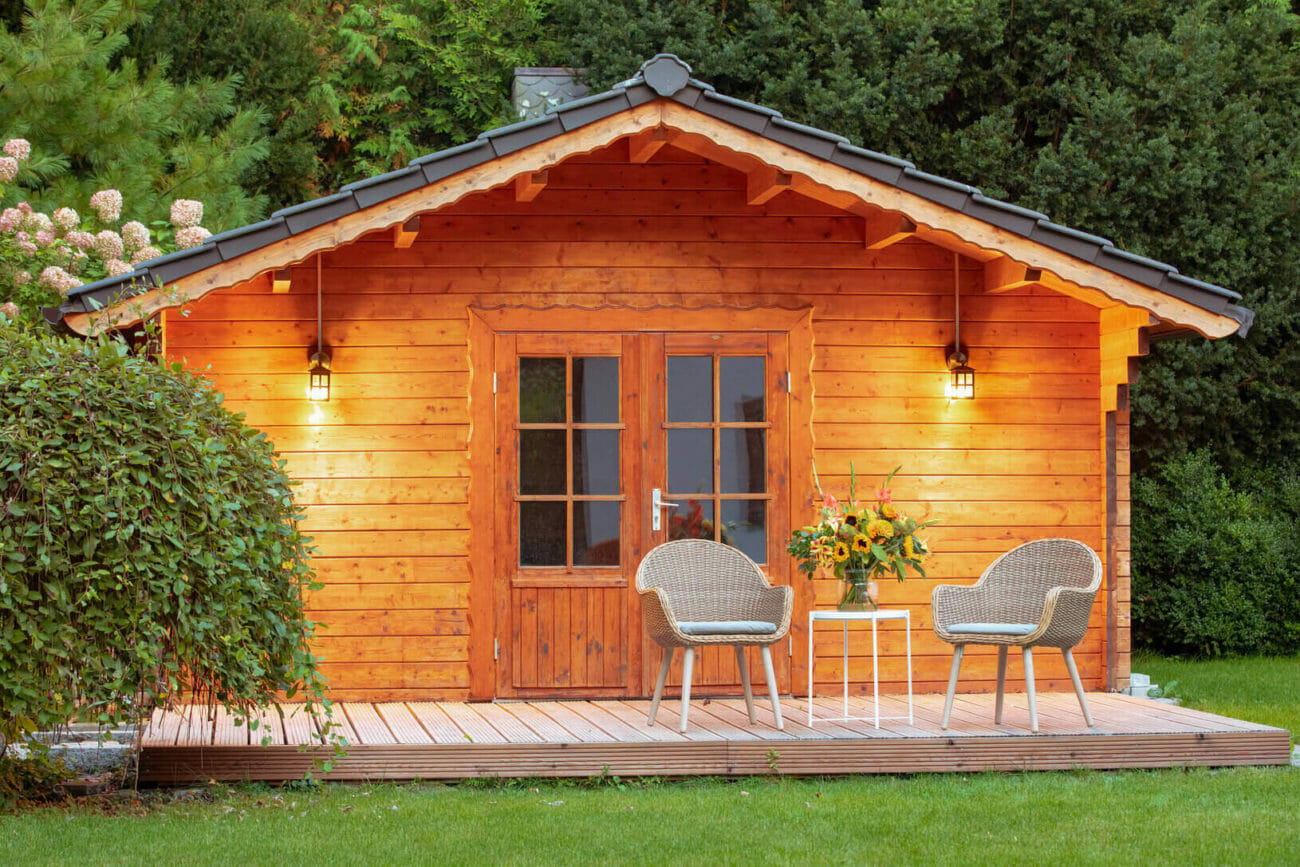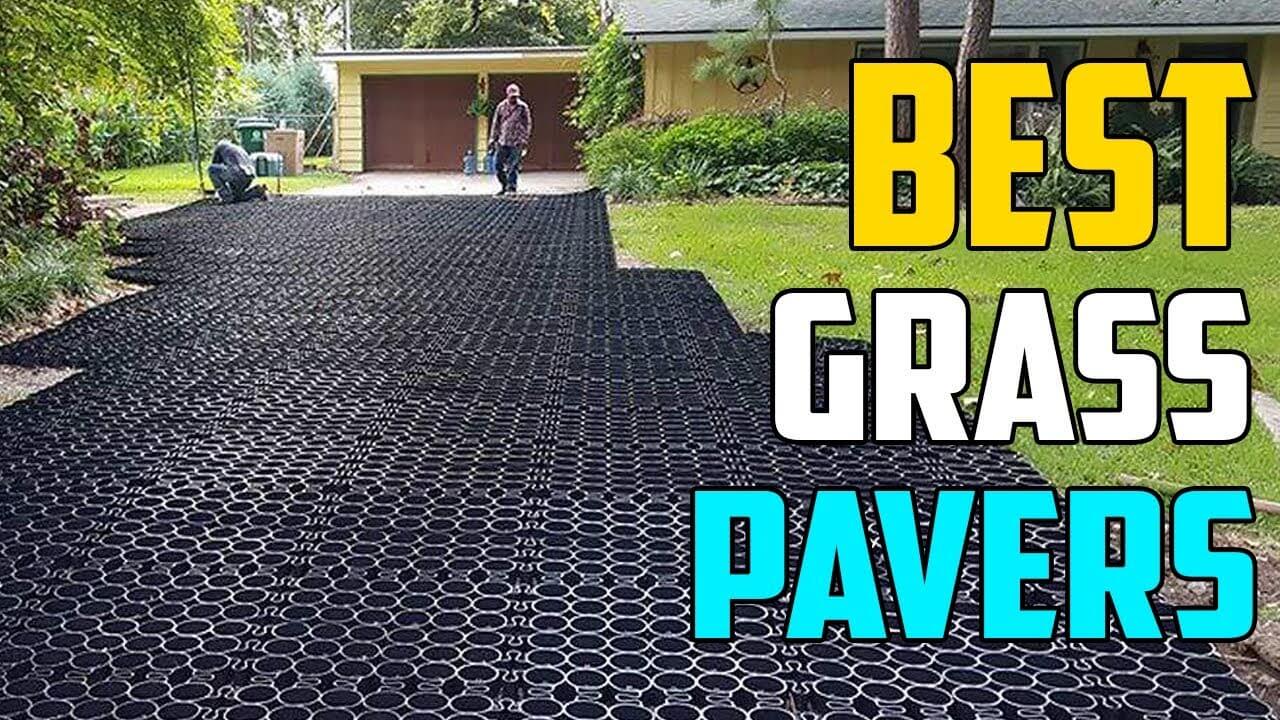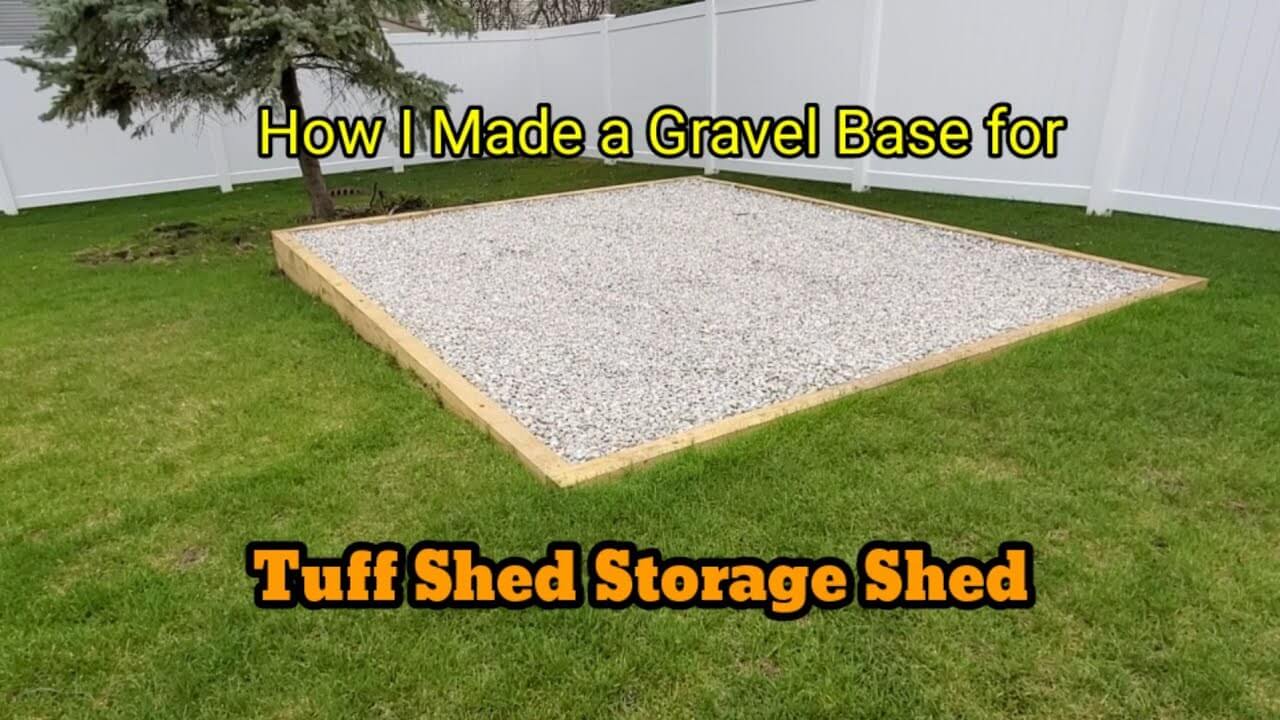What Do You Put Under Grass for Sheds?
When you are getting a shed for storing your gardening and outdoor stuff in, what do you put it on?
Can you put the shed on the bare grass? These were the questions I had to answer last year when I bought my shed and had no idea what I needed to put my shed on.
I only knew I needed a base, so I wanted to find out what do you put under grass for sheds?
Most experts agree that you should never put your shed on grass. Grass doesn’t make a good base for sheds because it stays moist, and the shed will deteriorate. You need to add a base of gravel, concrete paving slabs, or a solid concrete base over the grass to keep the shed’s structural integrity.
I had to take my query to an expert, so I went to my local hardware store and had a talk with the manager.
He gave me tons of information, and after doing some extra research, I realized that I needed to find the easiest and most affordable base for my shed. I thought I would share what I found in this post.
What Do You Put Under Grass For Sheds?
While many people put their custom or prebuilt shed on the ground, experts say you should never put your shed directly on grass.
You need to lay a base down before putting your shed in its spot. You can’t put pegs or wedges into the ground to act as a makeshift base, as they will move and shift as they are exposed to the elements.
When pegs or wooden wedges are hammered into the ground, they have nothing to keep them stable, so the weather and the shed’s weight will cause them to sink deeper into the ground as time goes on.
Some people use the following materials on the grass before they put the shed down instead of traditional base materials (but experts do not recommend it):
Gravel
Gravel makes a good sub-base to help with moisture drainage but using it as a base is not recommended as it still has the potential to give way under rainy conditions as the gravel is loose and not in a contained framework.
That said, it does help with drainage, but it’s not the best base for a shed on its own.
Thick Plastic Tarp Or Sheeting
Some people use a thick plastic tarp or sheet directly on the grass and put the shed on the sheeting.
There are a number of issues when using this method. The plastic sheeting will create condensation, and the shed’s base will constantly have moist patches that might lead to your shed deteriorating.
Secondly, it does not drain well, so when it does rain at an angle, your shed will sit in pools of water in some places.
Place The Shed Directly On The Grass
All experts agree this should never be an option. Your shed will shift, and it will get damaged. You at the very least need to construct a basic foundation making use of concrete pavers to build or install your garden shed.
In other words, all building structures, including sheds, need to be placed on some sort of foundational base considering the load-bearing factors of your build. Other shed bases are not like the traditional concrete bases.
Wooden Pallets
Some people put their sheds on a few wooden pallets. It won’t last as long as the traditional concrete bases, but it lifts the shed off the ground, and that will go a long way to keeping the shed from deterioration than leaving it directly on the ground.
If the pallets are not made from pressure-treated wood, they will need to be replaced when the pallets start to mold and rot. After a year or two, the damaged parts of the wood will start to break away.
Rubber Slabs
One of the better easy bases to put on the grass under the shed is a thick rubberized slab base. These are ideal for those who a looking for a viable, cost-effective shed foundation.
Rubber will protect your shed from the moisture seeping through the ground and grass, but you need to use rubber slabs with holes to allow excess rainwater to drain properly. It will also last longer than wooden pallets and plastic sheeting.
Why Should You Never Put Your Shed On Grass?
Sheds should ideally be put on a concrete base, but some people put their sheds directly on the grass, which is not a good idea.
You might be wondering why that is and why you should care?! Listed below are some reasons why you should never put your garden shed on grass.

Rotting Shed Material In Wet Conditions
If you choose to put your garden shed on grass, it will be exposed to the elements. When it rains, the grass and soil retain water, and it will eventually soak into the bottom of the shed.
If you have a wooden shed, the wooden bottom will start to mold, and eventually, wood rot will set in, and the wood will become unstable.
If you have a steel shed, the bottom of the shed will start to rust, and after a while, the weight of the shed might cause the rusted parts to break away, and the shed will start to lean and slope to one side.
Pre-built plastic sheds are not as vulnerable to wet weather as the other two, but they can deteriorate when they are overexposed to the sun and wet conditions.
Leaning And Ground Shifts
You want to put your shed in your yard, and you find a spot that looks level and solid, so you put it on the grass, but before long, you discover that the shed is leaning, and you wonder why.
There are two reasons for this that you’ll need to consider:
The Ground May Have Hidden Air Pockets
While the ground might look suitable to put your shed on, you can’t see what is beneath the surface. If the shed starts to lean, there are areas where the soil is not dense enough to remain stable.
Then there might be bigger air pockets in some areas under the shed. The soil that has these air pockets gets compacted by the weight of the shed and sinks in; the shed will then lean into the gap that forms as the soil compacts.
Some Parts Of The Ground May Sink
The other reason the shed might start to lean or sink is that some types of ground are more susceptible to moisture retention.
Problems will arise with your shed as it will sink when it rains as the weight of the shed will cause the ground to shift.
It Will Damage Your Lawn
The last reason why you should never have an exposed base to your shed is that it can ruin the lawn and ground underneath the shed.
This is because the weight of the shed will cause the ground to sink and shift; the shed will keep shifting with each rainfall if it has no base to keep it stable. This is especially so if your lawn has poor runoff leading to waterlogging issues.
With a base, the ground will only shift until the base is stable, but after it has settled, it will protect the ground underneath from compacting and shifting damage.
In Conclusion
It’s always great to have a shed in your yard for extra storage or even a backyard shed with a bar to entertain your friends and family.
If you want to put your shed on the grass, you need to know what will happen to your shed in the months and years to follow.
Grass retains moisture, which will seep into your shed over time and compromise the structural integrity of the shed.
So even if you have a basic base, you need to take care with the shed base as it directly impacts the structural stability of the shed and thus how long the shed will last before it shows signs of wear and tear.



